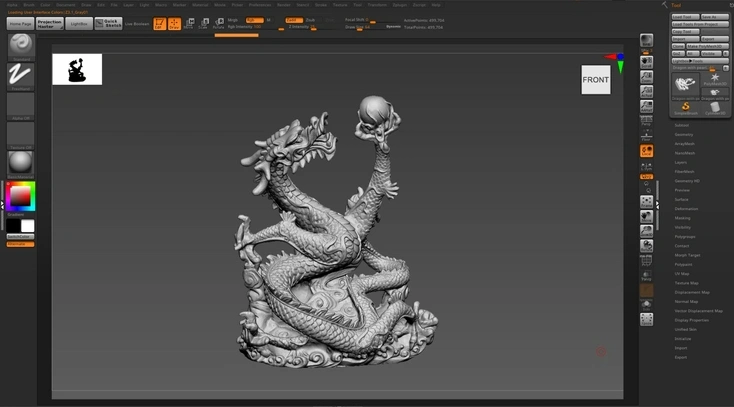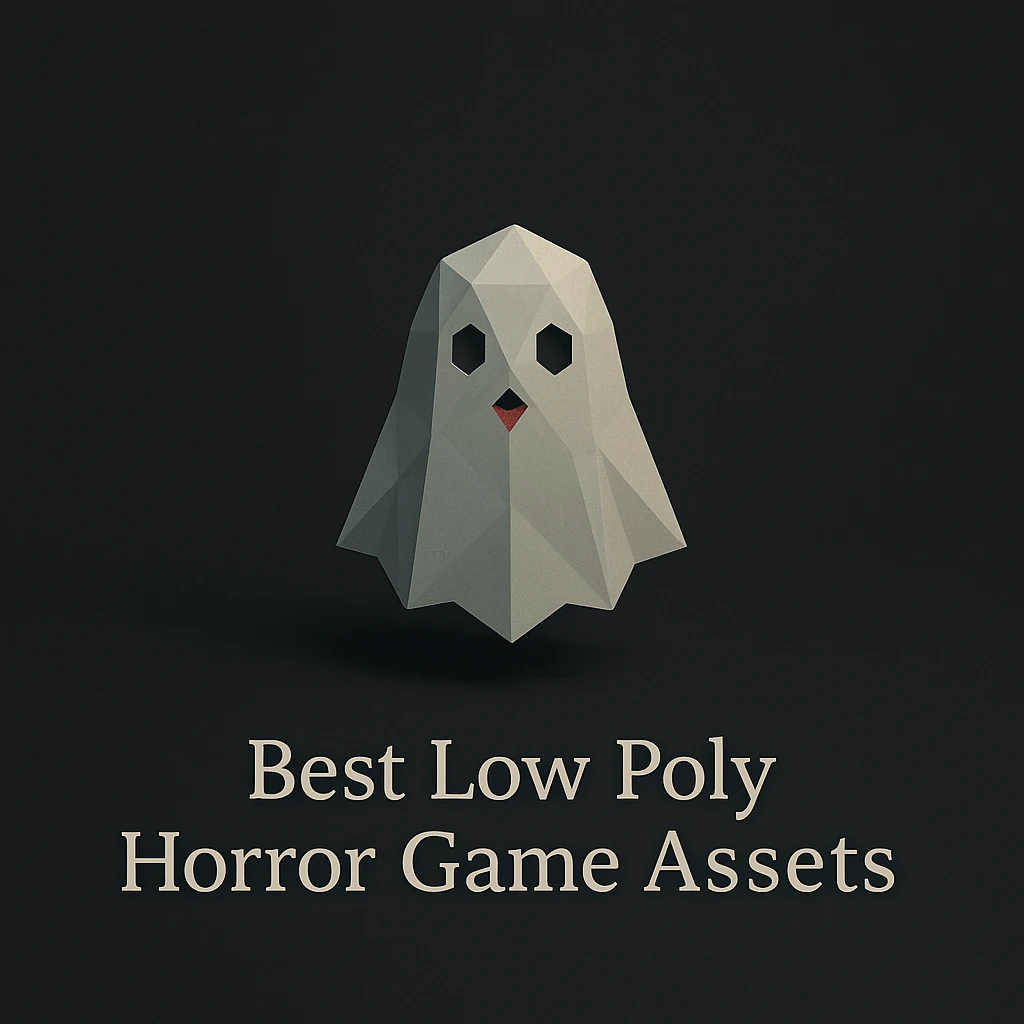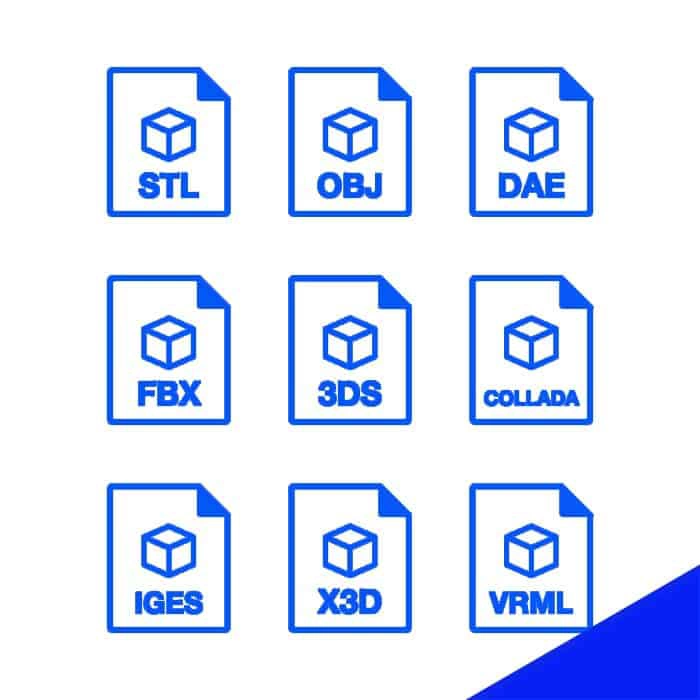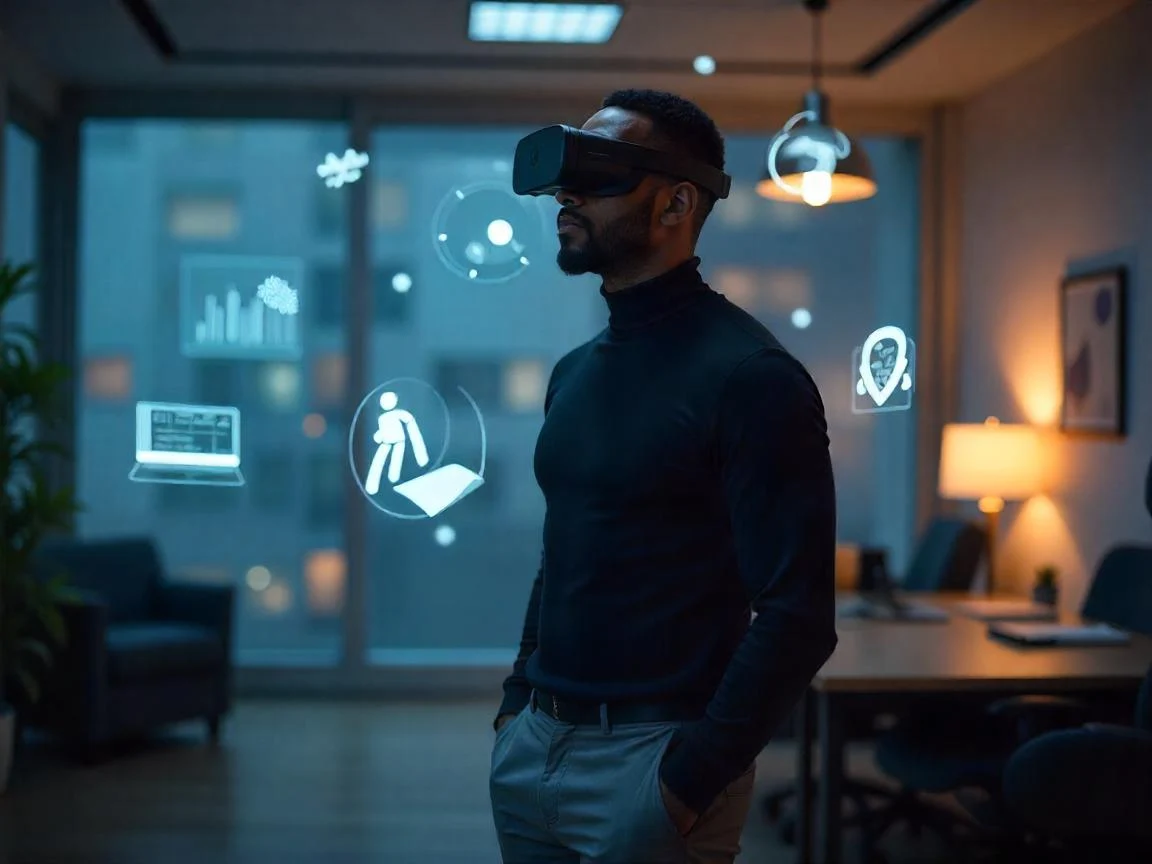5 3D Architecture Modeling Techniques That No One Talks About
by Animatics Asset Store in Blog on November 20, 20243D architecture modeling is an ever-evolving field, full of innovations and nuanced approaches that often remain unsung in the broader discourse. While many practitioners might think they’ve mastered the essentials, there are always under-the-radar techniques ready to elevate their craft beyond the conventional. Instead of defaulting to the same tried-and-true methods, consider diving into these overlooked strategies. Doing so will not only enhance the aesthetic value of your models but also enrich the storytelling and purposeful impact behind your architectural projects. Prepare to explore new dimensions of 3D modeling that might just revolutionize your workflow.
1. Adaptive Subdivision:
Adaptive subdivision stands as a transformative approach, often overshadowed by more mainstream processes. This technique dynamically adjusts the subdivision levels of your mesh based on the viewpoint and camera distance, ensuring that the visual hierarchy remains prioritized without overwhelming computational resources. It’s the unsung hero that tailors intricate detail specifically where the eye needs it, aiding in optimizing render processes and balancing performance demands.
Architects often overlook this method, possibly due to concerns over resource management. Yet, the control it offers over mesh detail is an asset that can significantly enhance render quality and reduce unnecessary polygon load. Imagine the practical application during the finalization of an exterior airport scene; implementing adaptive subdivision could ensure that textures and details are as vivid and precise from afar as they are up close, without putting immense strain on your computer’s processing capabilities.
2. Parametric Modeling:
Parametric modeling is a tool for those who thrive on precision and adaptability. Through the use of parameters and interrelationships, this method allows for fluid adjustments across your designs, streamlining the detailing process. The ability to modify and iterate rapidly without the need to rebuild elements from scratch transforms the creative process, allowing for adaptive yet precise outcomes that align closely with client or personal specifications.
Think of it as imparting a dynamic personality to your digital creations. As client demands evolve, particularly in highly iterative projects, parametric modeling empowers you to respond with agility and maintain design integrity. It’s a forward-thinking approach that minimizes the duplication of effort and maximizes creative exploration, providing a smoother pathway from concept to completion.
3. Contextual Texturing:
Contextual texturing introduces a layer of authenticity and narrative to architectural models by integrating environmental and situational aspects into the textural choices. Rather than defaulting to generic materials, this technique encourages the selection of textures inspired by the real-world context surrounding your architectural site. It’s about creating a dialog between structure and setting, crafting visual stories that resonate with viewers on an instinctual level.
Imagine designing a retreat nestled in the serene settings of the Swiss Alps. Contextual texturing would entail integrating local flora patterns into your wood textures, perhaps reflecting the hues and characteristics of the indigenous forest outside. This method appeals not only to the aesthetic senses but also engages with the narrative potential of your design, transforming simple visual representation into a rich, immersive experience that honors its environmental roots.
4. Photogrammetry:
Photogrammetry improves the art of 3D modeling by converting photographs into high-fidelity 3D models, capturing real-world details with precision and authenticity. This technique requires nothing more than a camera (often nothing more than a smartphone) and a commitment to careful photographing. By stitching together a series of photos, photogrammetry enables preservationists, architects, and artists to create incredibly detailed models of existing sites.
Consider its application in conservation efforts or the modeling of complex, historically significant landscapes. The result is intricate visual documentation that extends beyond mere digital replication, preserving historical nuances with exacting accuracy. Photogrammetry permits designers to transcend traditional boundaries, crafting models that are not only visually compelling but also deeply rooted in reality, hence improving your 3d architecture modeling.
5. Sound Shaping: Crafting Acoustic Architecture
Sound shaping is a considerably underutilized technique that layers acoustical considerations into the visual design process, transforming spaces into full-fledged sensory experiences. It involves integrating acoustical qualities during the design phase, enhancing the auditory attributes of spaces alongside their visual counterparts. This approach is ideal for venues where sound design plays a critical role, like auditoriums, concert halls, or meditation spaces, where the auditory ambiance is just as vital as the visual.
By factoring in acoustics, architects and designers can create environments that not only captivate visually but also seduce with sound. Whether the goal is to envelop an audience in harmonious melodies or cultivate profound silences in a meditative space, sound shaping enables designers to compose their environments with the same intentionality as musicians might conduct their orchestras.
Let these understated techniques inspire your next project. Each possesses the power to reshape your architectural vision and revolutionize your designs. Just as in any art form, groundbreaking innovation tends to arise from those willing to venture beyond the conventional norms and elevate their craft. So, why not delve into the lesser-known aspects of 3D architecture modeling? By doing so, you might just find yourself at the forefront of an exciting evolution in design methodology.
Share your thoughts and insights on these techniques in the comments, and tag your fellow architects who might benefit from this exploration. With collective curiosity and innovation, we can continue to transform the narrative of 3D architecture, one hidden gem at a time.






